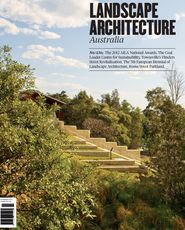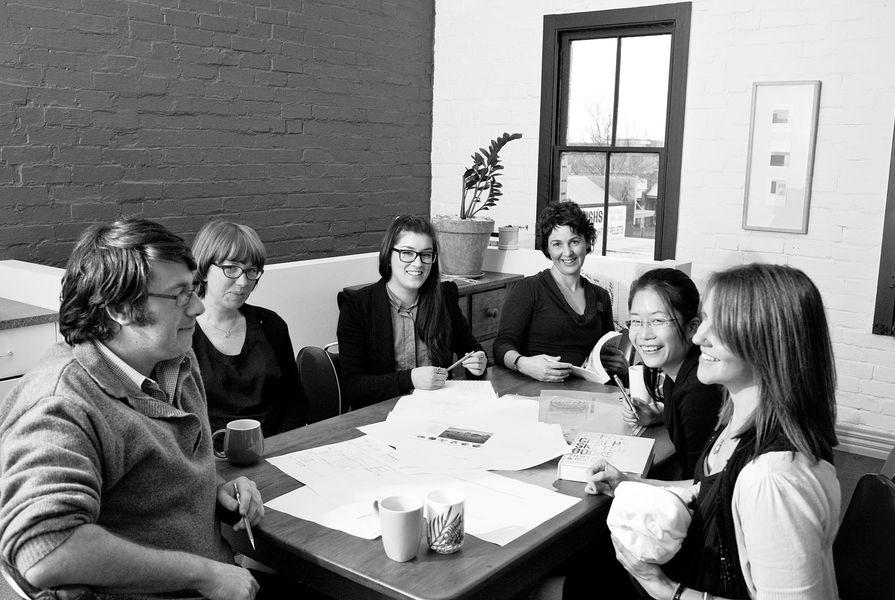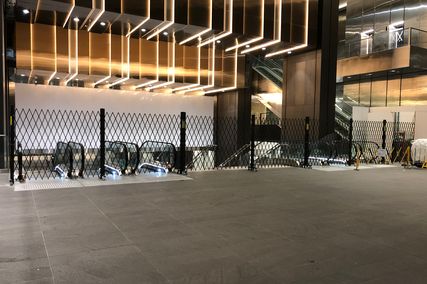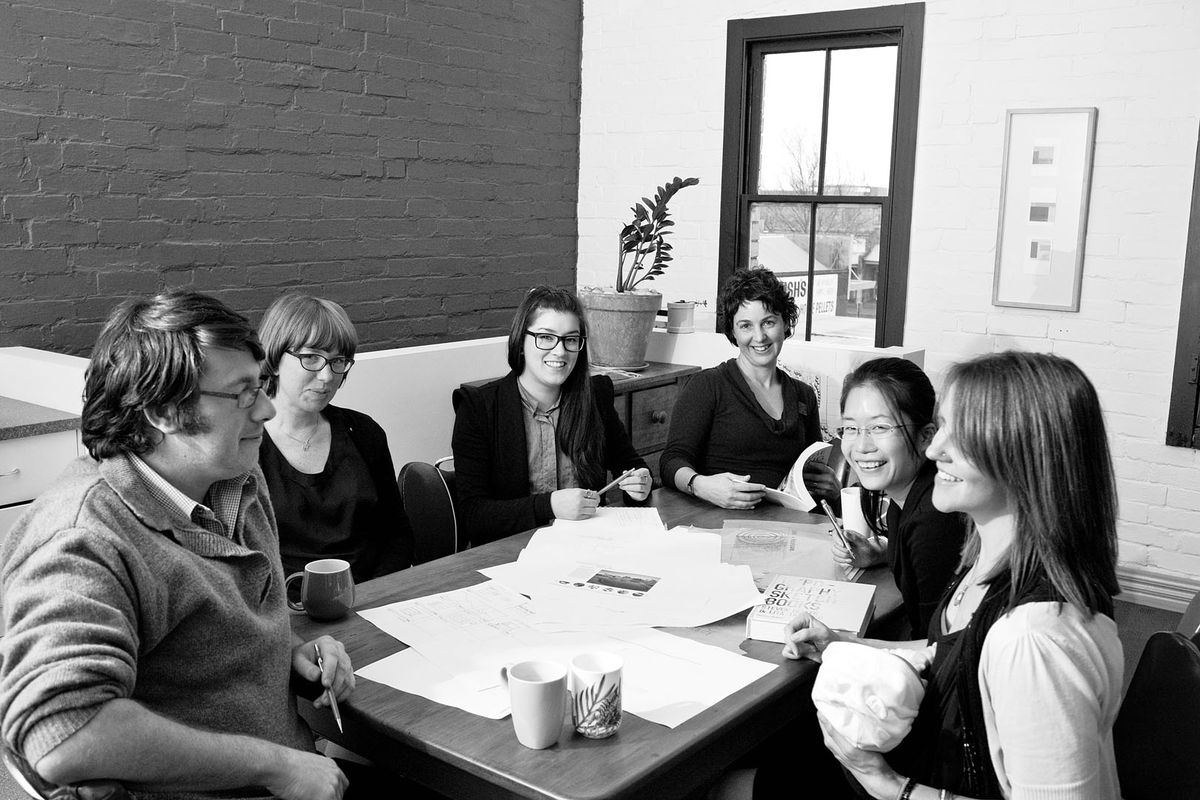Early in her career as a landscape architect, Liesl Malan had a penchant for regional work. “Even when I was based in Melbourne with a large firm, I was always happy to raise my hand for the country trips and do the long drive,” admits Malan. Today, she operates Liesl Malan Landscape Architects, a small but thriving practice in Bendigo, Victoria that focuses on local communities in regional settings.
The office – located in an old granary – consists of six staff with backgrounds in landscape architecture, planning and industrial design. The practice started off six years ago as a sole venture and evolved organically. Says Malan, “This was the one business I didn’t write a business plan for, it just grew.”
Malan’s interest in regional work was spurred by a project she undertook in Murchison, Victoria while employed by Fisher Stewart (now AECOM) in Melbourne. “It was one of those classic projects where the council wanted a landscape plan for putting street trees in,” recalls Malan. “I said yes, I’ll put some street trees in, but let us think about how this town functions in terms of its local economy.”
Located two hours’ drive north of Melbourne, Malan sought to highlight Murchison’s natural assets, including the scenic Goulburn River that runs parallel to the main street. In addition to street trees, the final design incorporated a network of pedestrian paths linking the community to the river through viewing platforms, a boardwalk and a river walk. Malan was inspired by the impact the project had on the town. “It was my first taste of how we could make a difference to people’s lives,” says Malan. “[The sense that] you could do something meaningful, to make it more likely that they will have a positive future for their town.”
According to Malan, it’s this strong community connection with each project that makes regional work unique. “These people tend to be there for the long haul. There are clients I’ve been working with in regional councils for over ten years, so they have a deep investment in their local community. So I think it’s hugely important that we’re respectful of that.” Many of the projects undertaken by Malan’s office are often dealing with highly modified agricultural landscapes, so having a good understanding of natural systems is essential. “There’s a strong connection from the communities to those landscapes, and a lot of knowledge too,” says Malan. “Farmers tend to be very good stewards of the land – they notice changes, they notice the birds, they notice seasons. Those sorts of things make a big difference to our work.”
Malan’s business is as diverse as a city firm, with projects ranging from documenting a streetscape renewal project in a regional city to designing shire billboard maps, or from working on highway urban art projects to coordinating efforts with engineers to rehabilitate a local river. Collaboration among the office is essential. “We sit down together with a cup of tea at the kitchen table and lots of butter paper on pretty much very project,” says Malan. “For me, it’s not about a hierarchy and dictating to others what to do, but a case of deciding together where to steer the ship.”
Regional projects do come with their own set of challenges, including small budgets, long travel times and an intense amount of community consultation. “Honestly, if any of my staff wanted to work in an urban area, they could probably get paid a fair bit more,” says Malan. “So I think it is a genuine commitment to regional work that drives us all.”
Working in regional areas also has its limitations in terms of who is available to implement projects. “You really can’t assume the sort of tradesman knowledge that you often can in an urban area,” says Malan. Consequently, the documentation process for each project is tailored to the resources and skills of who’s likely to be constructing it.
While Malan is keen for the firm to continue as happily and productively as it has, her vision isn’t to increase the size of the office, but rather to strengthen its collaborative relationships with other design professionals. Because distance can make it difficult to access professional development opportunities, her office will often organize social events with other regional designers as a way to provide professional support to each other.
She’s clearly proud of what the office has achieved to date. “We’re finding people are asking for us, and are prepared to wait if times are busy,” says Malan. “When it’s your business and you’ve put all that energy in, it’s amazing to have other people join and be just as happy to put their shoulder to the wheel as well.”
Source

Discussion
Published online: 1 Nov 2012
Words:
Gweneth Newman Leigh
Issue
Landscape Architecture Australia, November 2012




















